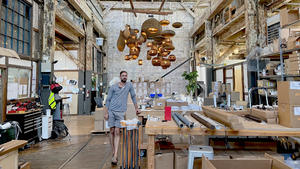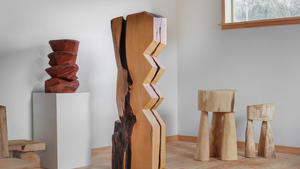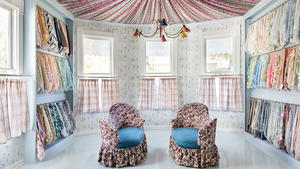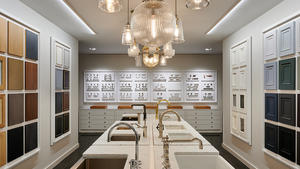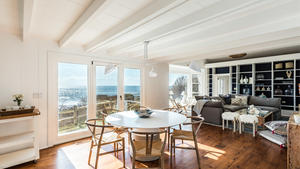Six years after returning to his hometown of Seattle, designer Andy Beers talks with EAL about how his firm, Ore Studios, has evolved; the city’s real estate boom; and what the current housing market means for designers.
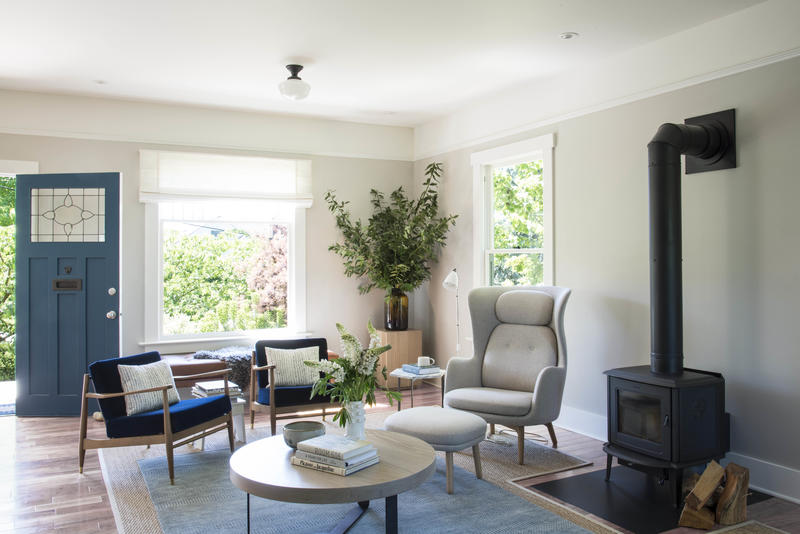
Where does your firm fit into the design industry landscape in Seattle?
The office has grown in the past few years, which is lovely. There are three of us at Ore Studios now, and we’re doing a different caliber of work—we’ve crossed the threshold into high-end and medium-high-end projects. That said, it’s Seattle, and Seattleites tend to be more relaxed and casual, so “high end” means something different here. We’re doing a lot of large remodels of historic houses, some new-build projects that are very contemporary, and some boutique commercial work.
I think we’re in a moment where the cohort of designers I’m in is finally feeling more established. When I came back to Seattle, there were a bunch of us starting small offices, testing things out, and trying a look that is not historically in the Seattle vernacular. Now, it feels like we’re the next generation of more established legacy offices in town. A lot of these firms had been flying under the radar, but I’m seeing more and more Seattle work pop up in national and regional media, and it’s nice to see such high-quality work get its due.
Are there elements of the projects you’re taking on that are unique to the city?
Seattle is in flux—I think it’s a city that’s struggling with deciding what it wants to be. I’m a Seattle native, but left for a long time to live and work in the Northeast and on the West Coast. I’ve been back in the city almost six years now, and it is completely unrecognizable from the city of my childhood in the ’80s. There are pockets that feel the same, but the skyline has shifted dramatically.
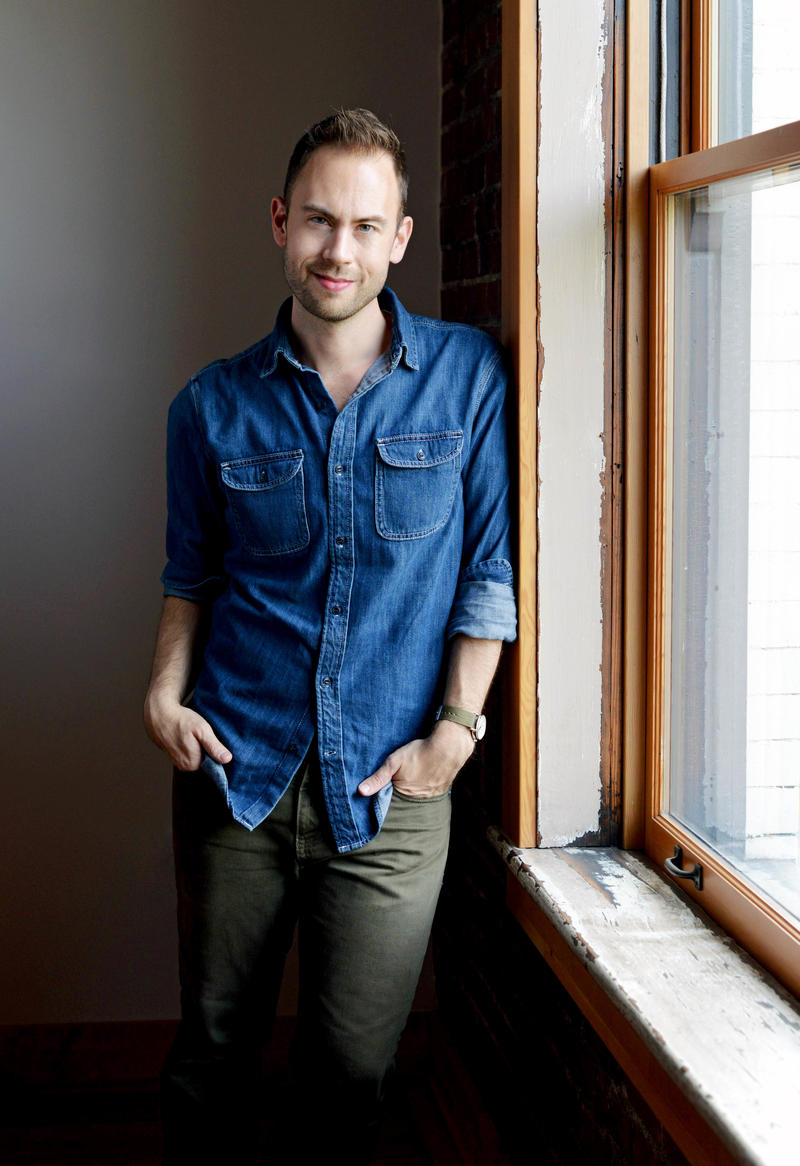
Development has intensified. A glut of apartments are now for sale, so the apartment market is finally softening, but the cost of living in the city is very high and the housing market has gotten tighter—all of which impacts the kind of work we get. This is a city that is rich in neighborhoods of single-family homes just outside of downtown. To be an early- or mid-career person trying to live in the city or raise a family—it’s hard to be a first-time home buyer right now, and you have to make pretty enormous concessions in terms of price, quality and the size of the house.
Some of our work is with people who are moving here—we’re helping as they purchase homes in the region. But more than that, we’re helping families who own their homes and need to stay in place. If they lived in another region, they might choose to purchase a larger home; instead, they are choosing to stay in their current homes but need a lot of help. It’s the same story: “We didn’t think we’d be in this house with two kids, but we need to make it work,” or “We thought we’d outgrow it, but we’re going to be here for the long haul.” Our clients feel like it’s worth investing in the cost of construction to stay in place. We’re in the beginning phase of a lot of projects, doing schematic design for additions or renovations—often adding a family room to a more historical, classic bungalow to make where our clients currently live work for how their lives have changed.
 It’s the same story: ‘We didn’t think we’d be in this house with two kids, but we need to make it work,’ or ‘We thought we’d outgrow it, but we’re going to be here for the long haul.’
It’s the same story: ‘We didn’t think we’d be in this house with two kids, but we need to make it work,’ or ‘We thought we’d outgrow it, but we’re going to be here for the long haul.’
What are the limitations of these types of projects?
Zoning is fairly strict and lots are quite modest. People aren’t adding backyard cottages, they’re lifting their house to add a basement, or changing a roofline, or doing a small addition out the back. Especially in historic homes, the modifications can be complicated. We’re also in a region where there aren’t enough skilled tradespeople to service all of the work that is happening here. The contractors we collaborate with can’t find enough people to execute things quickly—but every time you add extra time, that means extra cash.
Is there a specific look you’re known for?
There’s a stereotype about Seattleites: that we don’t dress up for events, that we’re super casual and always wearing polar fleece, rain gear, and Gore-Tex. There’s some truth to that. And for lot of people who have moved here and are not natives, I think the low-key vibe is part of what attracts them. Yes, there’s a subset of Seattleites doing super-fancy houses that are pristine and perfect, but there are also a lot of interesting projects with a strong point of view that feels distinct to the Pacific Northwest. It’s related to our region’s relationship to the water, to the mountains. It’s relaxed, but not the California vibe.
Our work is very much a portrait of the people commissioning it, but it’s also very tailored and well-edited and warm. We marry luxurious materials with an overall casual sense of well-being. And in many of our projects, we pursue detailing that is quite distinct and very specific. The materials we use have a heft to them.
 People have become so exposed to interior design. HGTV is fantastic in that it puts designers on peoples’ radar and changes their perspective about the design process. But with all of that information available, nothing we do as designers is necessarily a secret the way it was before.
People have become so exposed to interior design. HGTV is fantastic in that it puts designers on peoples’ radar and changes their perspective about the design process. But with all of that information available, nothing we do as designers is necessarily a secret the way it was before.
You also commission quite a bit of custom work for your clients. What’s the motivation behind that?
People have become so exposed to interior design. HGTV is fantastic in that it puts designers on peoples’ radar and changes their perspective about the design process. But with all of that information available, nothing we do as designers is necessarily a secret the way it was before. Trade sources can’t be protected the way they once were, either, with more and more vendors deciding they want to be open to the public. And as that has happened, it has changed clients’ perspectives.
Custom work is part of what sets our work apart. It’s part of a bigger narrative about what makes our firm valuable to our clients. In addition to managing myriad details of the project, which is a tremendous timesaver for them, we leverage our relationships. So many of the things we do are so specialized that it becomes faster on our end to have pieces made custom for a job. Seattle doesn’t have the manufacturing scene L.A. does, but there are some incredibly talented people here creating work that is easily adjusted for any project we’re working on, be it traditional or contemporary. Even if it’s a job that will have catalog stuff in it, getting a couple of custom pieces really elevates everything. Plus, people like to know where their dining table came from, who made it, how it was designed, and where the material came from. I think people are more interested in sourcing than ever before.

















